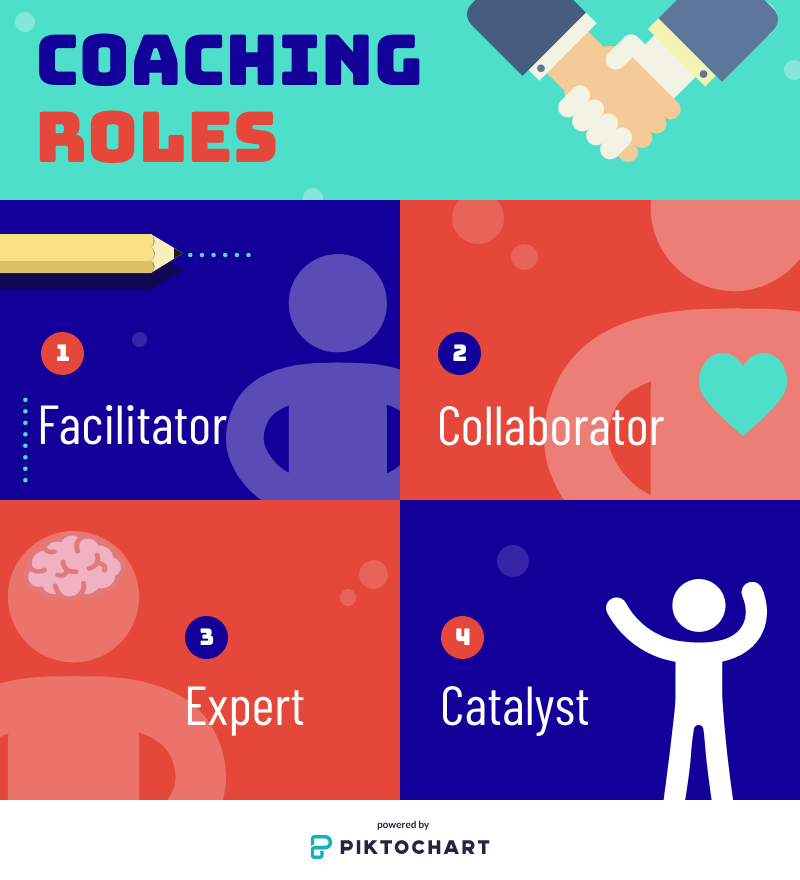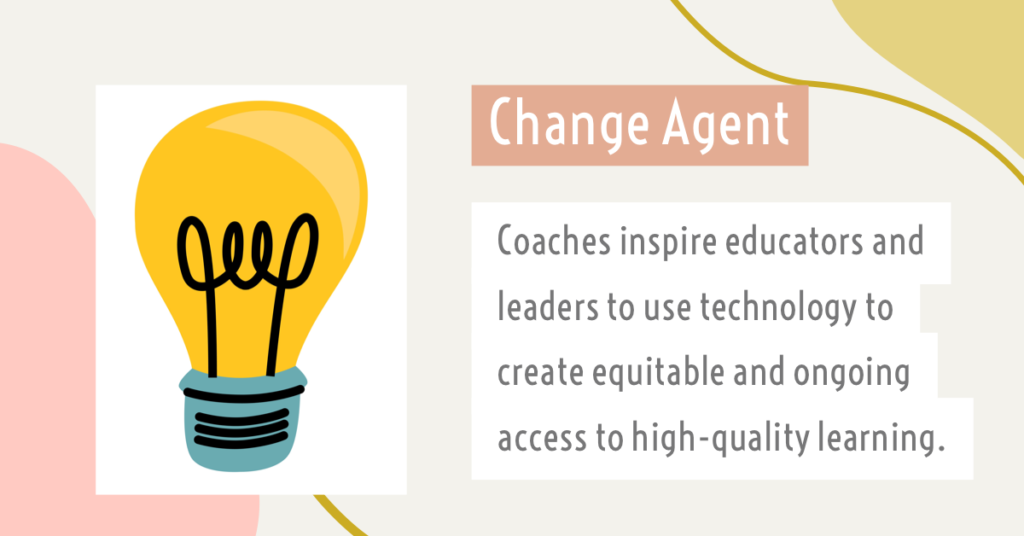1c

It is vital that coaches take the necessary steps to create a supportive coaching culture that encourages educators to take try new things. In my blog post, The Roles and Responsibilities of a Successful Coaching-Teacher Relationship, I discuss how to build a safe and respectful environment where the coach and teacher can learn from each other and work together to achieve personal goals. I believe that it is important to begin by defining the roles and responsibilities of both the coach and the teacher in order to have a successful relationship. That way expectations are clear and both people are ready to learn from each other. Coaches should also be excellent communicators. In my blog post, Practical Communication Skills to Help Your Coaching Get Off the Ground, I run through the essentials. Coaches can communicate that they care by being friendly, setting norms, practicing active listening and paraphrasing, and asking probing questions. Coaches also need to be mindful of their body language and take the time to recognize growth. Just like how teachers create warm and safe learning environments for their students, coaches need to do the same for the teachers they support.

During my graduate studies, I had an opportunity to put my learning to work as I collaborated with a lovely K-2 Art teacher. I reflected on my growth as a coach in my blog, Reflections on Peer Coaching.
To read more about my work with this standard, you can use the drop-down menu above or the buttons below to navigate to a specific performance indicator.
Works Cited
ISTE Standards for Coaches (n.d.). Retrieved from: https://www.iste.org/standards/for-coaches
